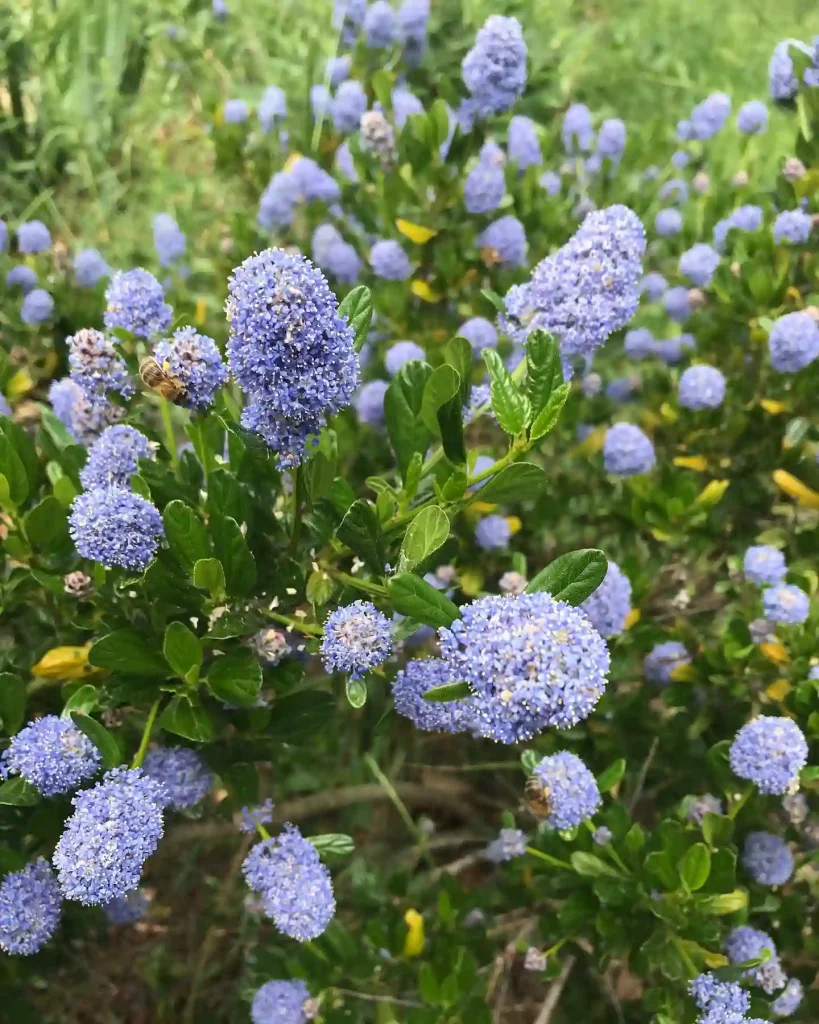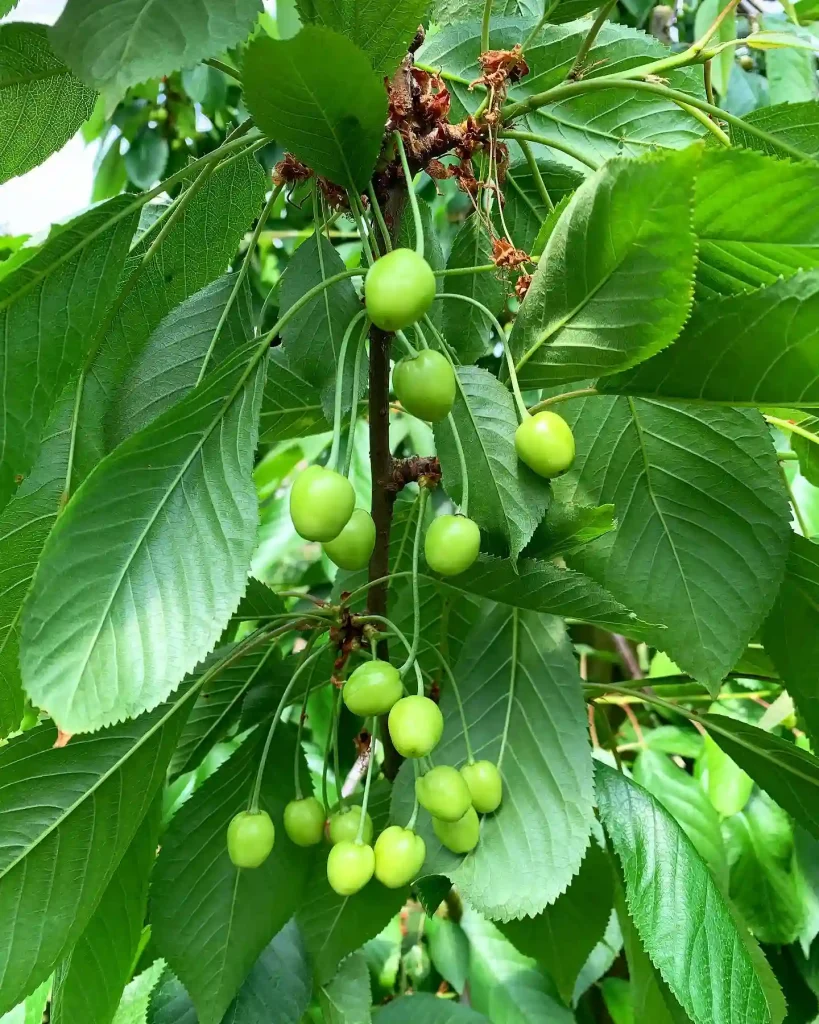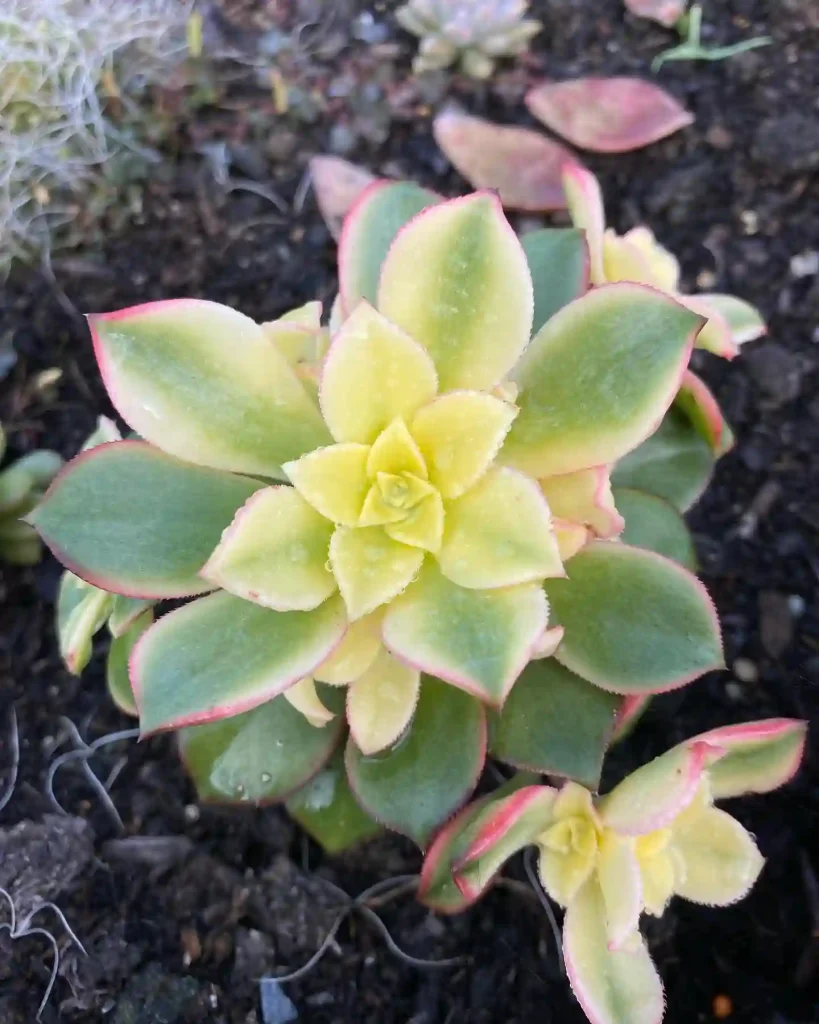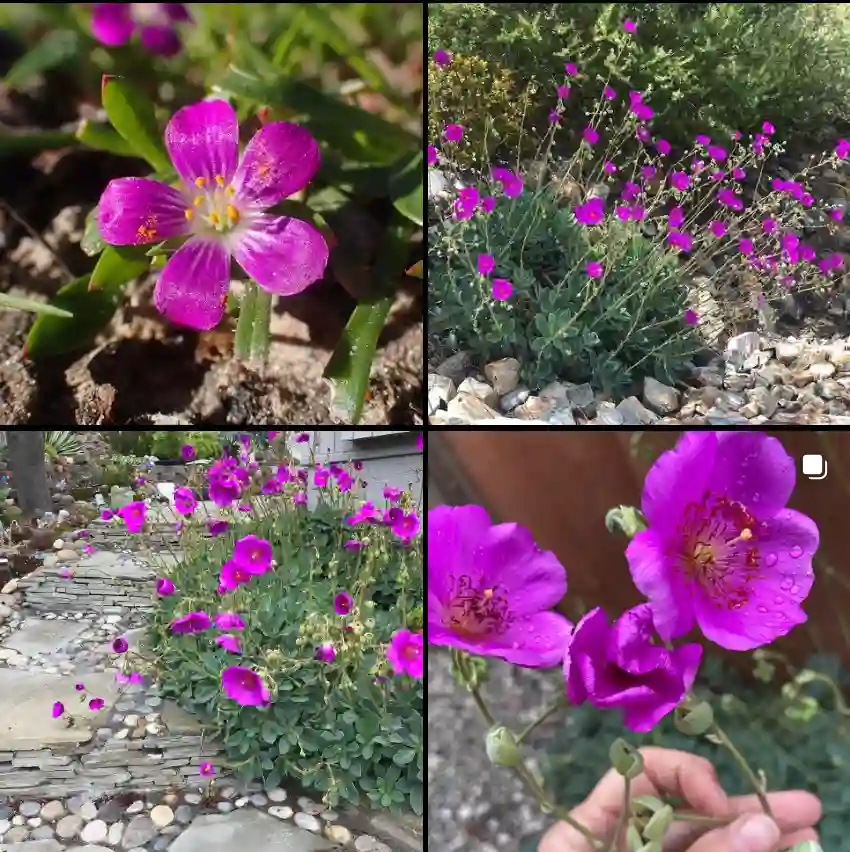The Humble Cudweed: A Closer Look at Gnaphalium
As a botanist, I’ve always been fascinated by the diversity and resilience of plant life. One genus that consistently captures my attention is Gnaphalium, more commonly known as cudweed. These unassuming plants, often overlooked in favor of their more showy counterparts, possess a quiet beauty and a remarkable ability to thrive in diverse environments.
What is Gnaphalium?
Gnaphalium belongs to the Asteraceae family, a vast group that includes sunflowers, daisies, and asters. The name “cudweed” stems from the plant’s soft, woolly appearance, reminiscent of the cud chewed by ruminant animals. This downy covering, a characteristic feature of the genus, serves as a protective layer against harsh environmental conditions, such as extreme temperatures and water loss.
Species within the Gnaphalium Genus
The Gnaphalium genus encompasses a wide array of species, each with its unique characteristics and distribution. Here are:
- Gnaphalium uliginosum (Marsh Cudweed): This species thrives in damp habitats, such as marshes and wetlands.
- Gnaphalium palustre (Western Marsh Cudweed): This species is native to western North America and favors moist environments.
- Gnaphalium austroafricanum Hilliard
- Gnaphalium capense Hilliard
- Gnaphalium chiliastrum (Mattf.) P.Royen
- Gnaphalium chimborazense Hieron.
- Gnaphalium clemensiae Mattf.
- Gnaphalium confine Harv.
- Gnaphalium declinatum L.f.
- Gnaphalium demidium (O.Hoffm.) Hilliard & B.L.Burtt
- Gnaphalium diamantinense Paul G.Wilson
- Gnaphalium diminutivum Phil.
- Gnaphalium englerianum (O.Hoffm.) Hilliard & B.L.Burtt
- Gnaphalium exilifolium A.Nelson
- Gnaphalium filagopsis Hilliard & B.L.Burtt
- Gnaphalium genevoisi Emb.
- Gnaphalium gnaphalodes (DC.) Hilliard & B.L.Burtt
- Gnaphalium griquense Hilliard & B.L.Burtt
- Gnaphalium heleios P.Royen
- Gnaphalium indutum Hook.f.
- Gnaphalium limicola Hilliard
- Gnaphalium lycopodium Pers.
- Gnaphalium maclovianum Gand.
- Gnaphalium magellanicum Sch.Bip.
- Gnaphalium nelsonii Burtt Davy
- Gnaphalium pauciflorum DC.
- Gnaphalium peguense R.Kr.Singh
- Gnaphalium phaeolepis Phil.
- Gnaphalium pilulare Wahlenb.
- Gnaphalium polycaulon Pers.
- Gnaphalium pseudohelichrysum Reiche
- Gnaphalium puberulum DC.
- Gnaphalium rossicum Kirp.
- Gnaphalium rosulatum S.Moore
- Gnaphalium sepositum Benoist
- Gnaphalium simii (Bolus) Hilliard & B.L.Burtt
- Gnaphalium stewartii C.B.Clarke ex Hook.f.
- Gnaphalium unionis Sch.Bip. ex Hochst.
The Allure of Gnaphalium
What draws me to Gnaphalium is its understated elegance. The plants are not flashy or flamboyant, but they possess a subtle charm that speaks to the essence of nature’s resilience. Their ability to thrive in seemingly inhospitable environments, from arid deserts to damp meadows, is a testament to their adaptability.
Ethnobotanical Uses of Gnaphalium
Beyond their aesthetic appeal, Gnaphalium species have a long history of use in traditional medicine. Various cultures have employed these plants for their purported healing properties. For instance, some species have been used to treat respiratory ailments, wounds, and inflammatory conditions.
Conservation of Gnaphalium
While many Gnaphalium species are relatively common, some face threats due to habitat loss and degradation. Conservation efforts are crucial to ensure the continued survival of these valuable plants. By protecting their natural habitats and promoting sustainable practices, we can help preserve the diversity of the Gnaphalium genus for future generations.
My Personal Connection with Gnaphalium
My fascination with Gnaphalium began during my childhood explorations in the fields and forests near my home. I was captivated by the plant’s soft texture and its ability to thrive in diverse environments. Over the years, my interest in Gnaphalium has only deepened, leading me to pursue a career in botany.
Today, I continue to study and appreciate these remarkable plants. Whether I’m examining their intricate floral structures under a microscope or observing their resilience in the face of environmental challenges, Gnaphalium never ceases to amaze me.
In the grand tapestry of the plant kingdom, Gnaphalium may seem like a minor thread. Yet, upon closer inspection, one discovers a genus of remarkable beauty, resilience, and ecological importance. As a botanist, I am committed to understanding and preserving these fascinating plants, ensuring that their quiet elegance continues to grace our planet for generations to come.
If i die, water my plants!



